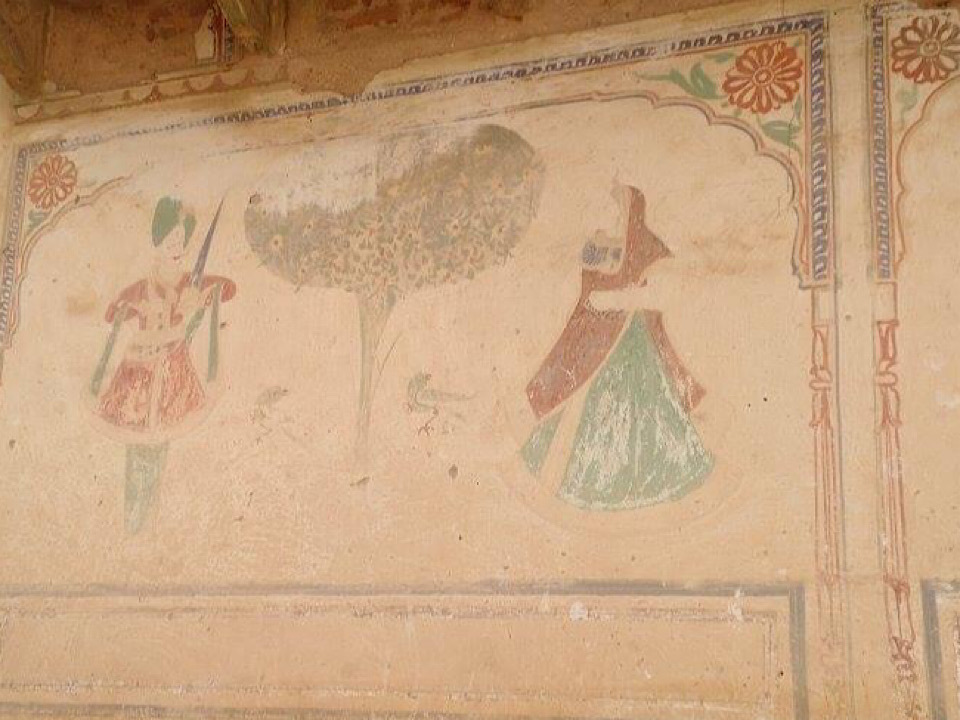
The Shekhawati capital: Fatehpur, Rajasthan
Located around 21 km south-west of the town of Mandawa is a small sleepy, desert town of Fatehpur which is also called the culture capital of. Fatehpur is situated in the Sikar district of northern Rajasthan. The town of Fatehpur was established in 1451 by Nawab Fateh Khan and hence derives its name from its former ruler. Fatehpur was later conquered by Shekhawat Rajputs and has since been an epicentre of the Shekhawati paintings.
Getting to the town of Fatehpur is fairly easy since it situated along NH 11 which located along the Jaipur-Bikaner route. There are plenty of government and private buses which do the rounds leaving from Jaipur and Bikaner every 30 minutes from the government bus stand.
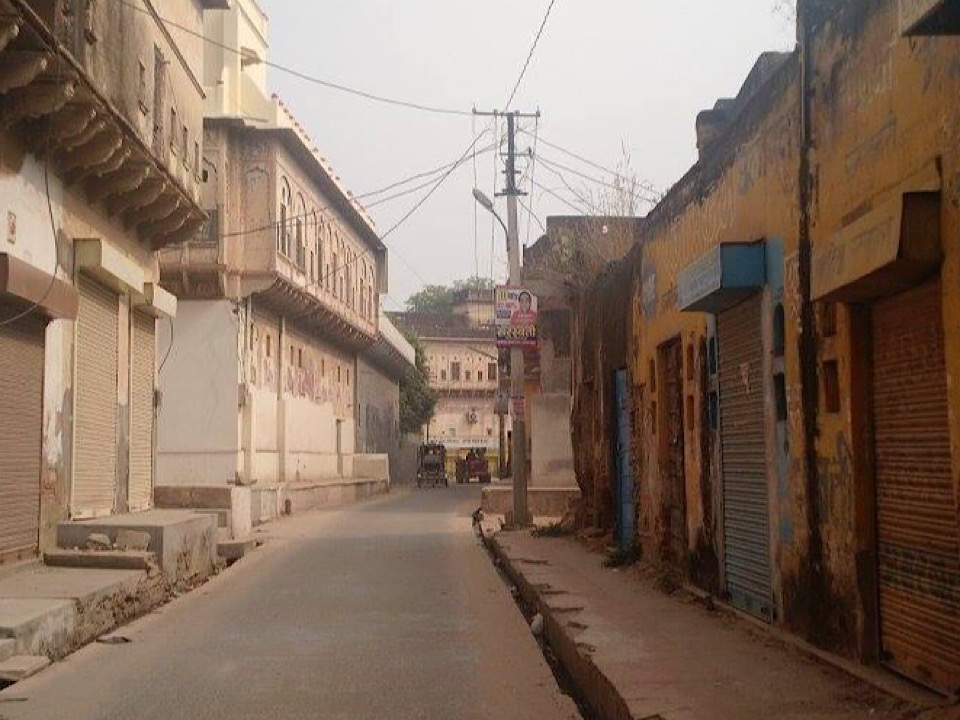
From Mandawa, there are buses every 15 minutes to Fatehpur through the day. There is also a railway station at Fatehpur which is covered by the Jaipur – Sikar – Churu rail route. From the town of Mandawa, the local bus is the best way to get to Fatehpur.
The journey to Fatehpur takes travellers right into the heart of the desert where one can see sand dunes and barren vegetation on either side of the road. The roads are covered in dust and sand, with camels wandering in search of any little food which can be found in the desert. Huge trees with multiple branches and not a single leaf on them are found through the desert. The journey continues through this terrain, till you reach the outskirts of the town of Fatehpur.
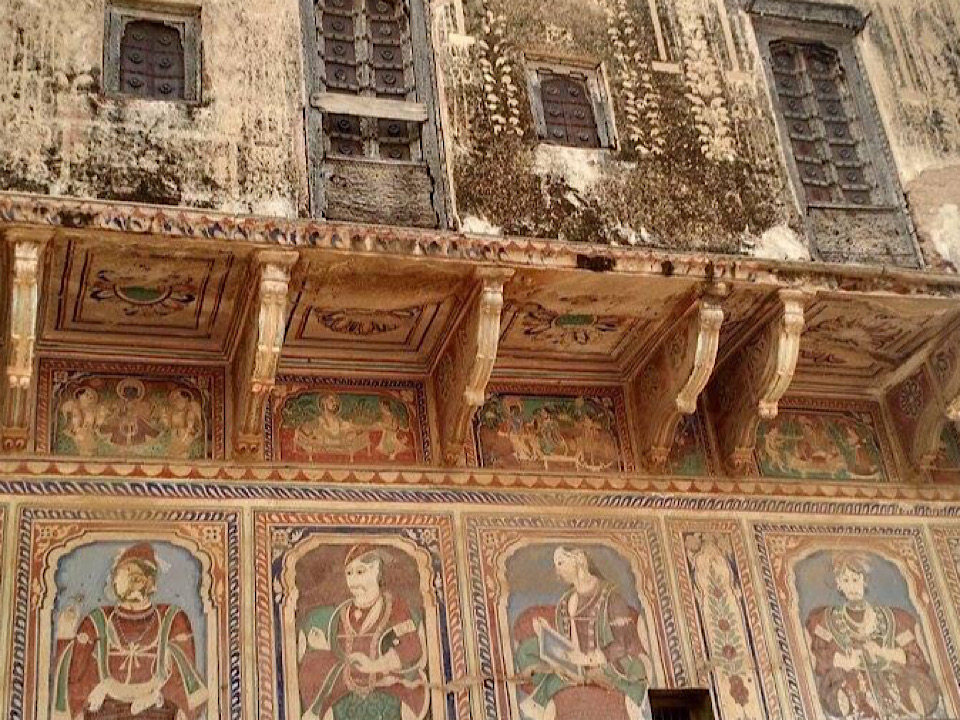
Once in Fatehpur, the best way of getting around the place and exploring the town is on foot and locals are very helpful and come out of their way to help travellers be at ease in their town. Being the cultural capital of the Shekhawati region, there are plenty of ancient paintings along the outer and inner walls of the Havelis. On an average, it should take around one to two hours maximum to see them all unless one is going to get into details about each haveli.
The main attractions in Fatehpur include two temples one is the Dwarkadheesh Mandir built by Seth Asharam Ji Poddar in the 19th century. This building is rich with fresco paintings of Shekhawati. The second one is the Dau Janti Balaji Dham which is a famous Hanuman temple renowned all over for miracles and fulfilling wishes of devotees.
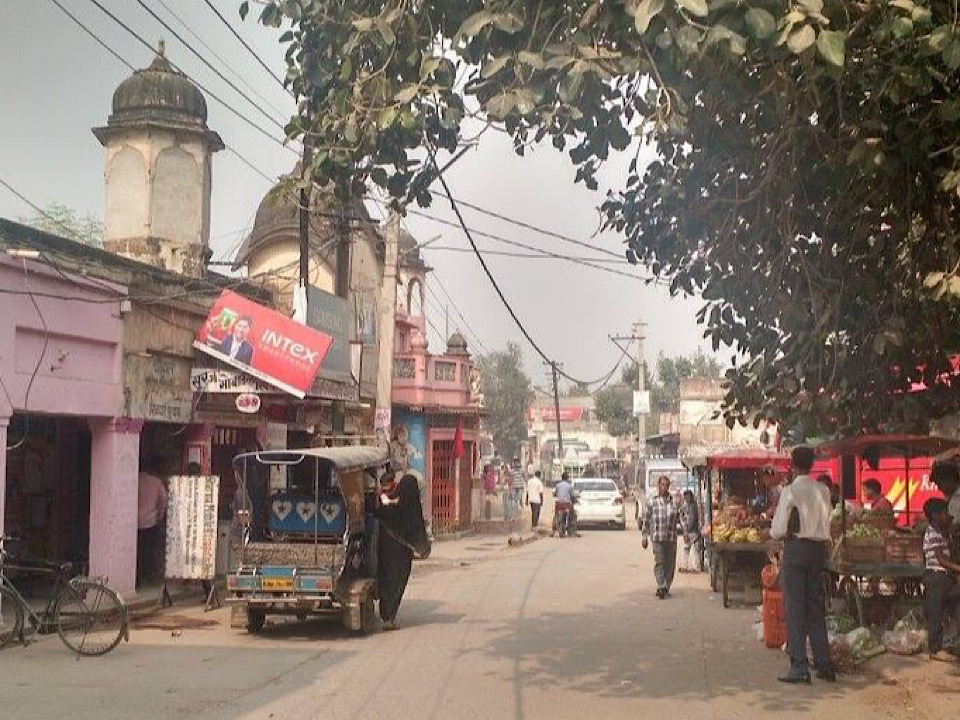
Some of the Havelis worth visiting are the Singhania Haveli built within a three-year span, from 1857 to 1860 by Seth Jagan Nath Singhania Ji. The grand mansion is itself a landmark of Fathepur Shekhawati, it is known for the artistic sculpture and fresco paintings of the British Raj. There is a small entry fee to be paid before entering this haveli. There are plenty of Havelis built by the trader community in the 19th century like Saraogi Haveli, Goenka Haveli, etc which are worth visiting.
The other must-visit place is Nadine Le Prince Cultural Center. Nadine Le, a French artist, purchased the Deora Haveli in 1999 to transform it into a cultural centre. Nadine is involved in preserving and restoration of old Havelis, fresco paintings and murals.
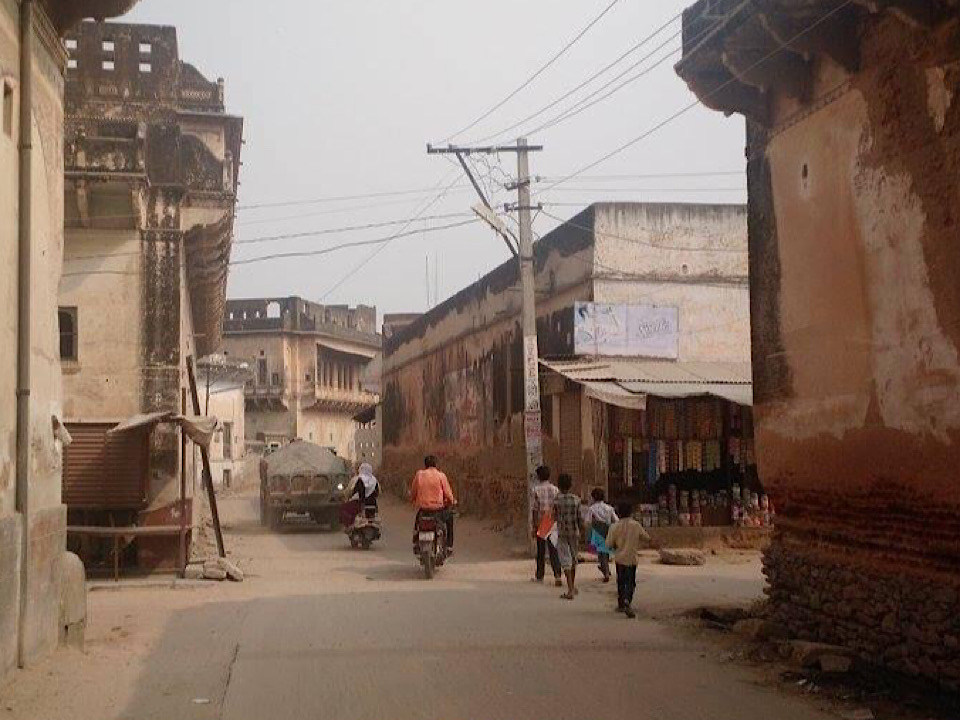
The Havelis in Fatehpur are very beautifully painted and have some artwork which is nowhere to be seen in the neighbouring villages. There are paintings of small toy-trains and the haveli arches have been painted with deep red and blue. Many of the Havelis still have people staying in them so it’s important to ask permission before you enter them.
A must do this for anyone who visits Fatehpur is to get to the terrace of any of the Havelis and get a magnificent view of the town. The scene from the terrace top is out of the world. The whole town looks like the sets of a movie from the Middle-East and will give one, the feel of what life must have been under the Rajput rule many years ago. The terrace tops are generally where the pigeons are fed, so be watchful before you enter; so that you don’t scare them away.
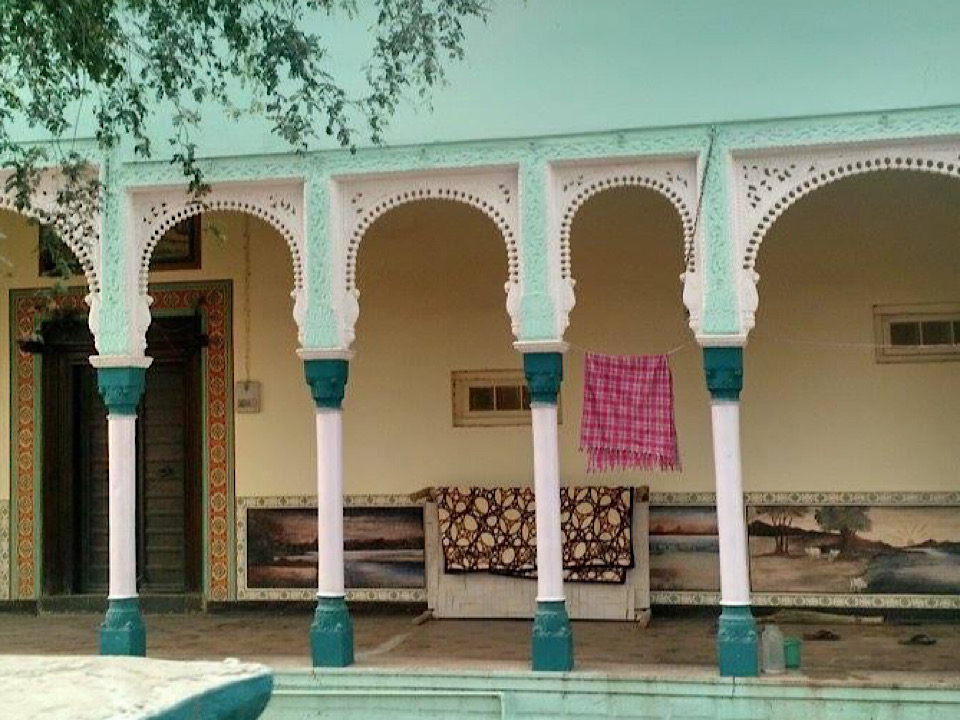
Fatehpur
has a bustling market where everything is sold. The town also has plenty of ATMs and very good cell phone connectivity. Along the streets, you will notice plenty of hand cart vendors selling sweets, samosas, peanuts and fruits. The samosas or choris are totally worth having.
Accommodation in Fatehpur is limited to a handful of Havelis which have now been converted into luxury hotels and budget guesthouses for backpackers. Food can also be arranged on request at the haveli stays. Most of them serve authentic Rajasthani Thalis. There are a couple of dhabas which are located near the bus stop which serve an unlimited vegetarian thali at a very minimal cost.
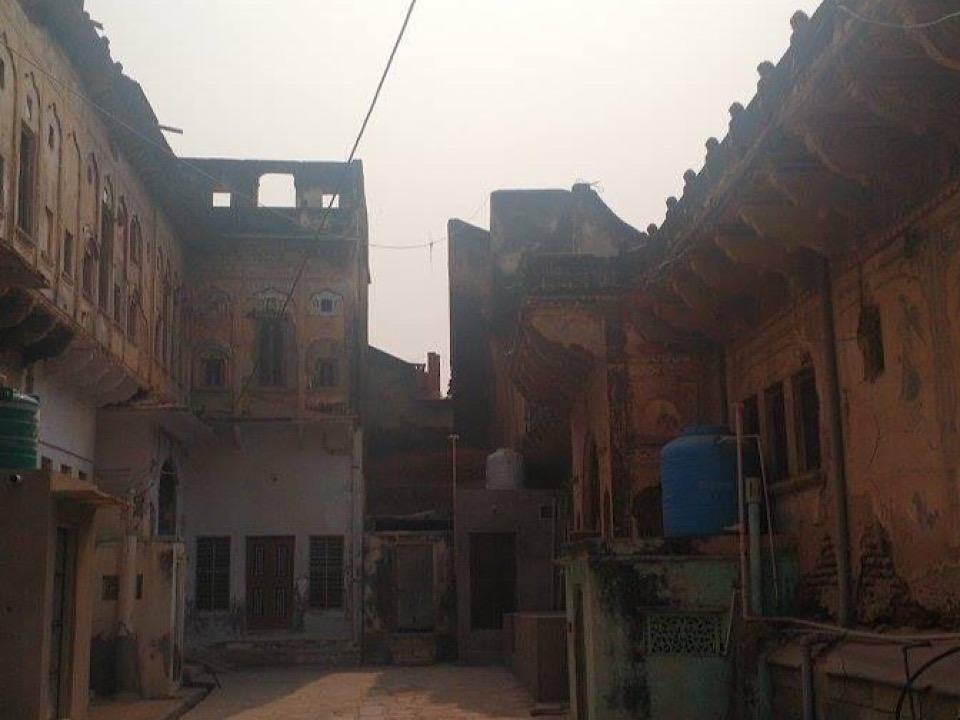
The best time to visit Fatehpur, is during the winter months from November to mid-March, since for the rest of the year, the desert heat is unbearable and makes even walking around the town a real task.
Fatehpur can be clubbed with the towns of Ramgarh and Mahansar which lie along the same route and all three towns can be easily covered in a single day by taking the local buses. The town of Fatehpur is a must-visit place for anyone who is really interested in seeing the true culture and heritage of this once mighty Shekhawati empire.
For a similar experience, >>Click here

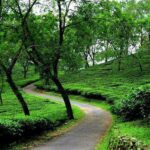
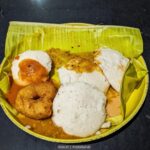
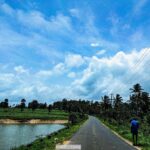
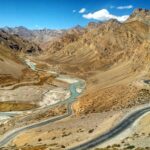
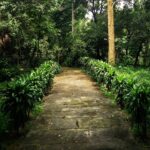
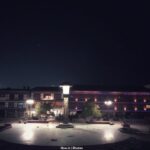



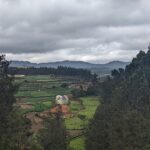

The best experience in a ping long long time.